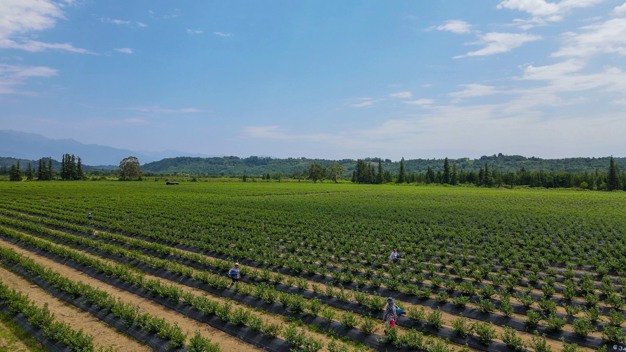Posted by:
hanane
0
October 30, 2024
 Tsukoshvili emphasizes the necessity for Georgia’s blueberry industry to reduce its dependence on the Russian market, which has historically comprised 90% of exports. This reliance resulted from issues like inefficient post-harvest practices and limited agricultural knowledge. The Georgia Blueberry Growers Association (GBGA) aims to diversify by entering new markets, and in 2023 and 2024, it successfully expanded into the EU, significantly increasing export volumes while reducing exports to Russia.
Tsukoshvili emphasizes the necessity for Georgia’s blueberry industry to reduce its dependence on the Russian market, which has historically comprised 90% of exports. This reliance resulted from issues like inefficient post-harvest practices and limited agricultural knowledge. The Georgia Blueberry Growers Association (GBGA) aims to diversify by entering new markets, and in 2023 and 2024, it successfully expanded into the EU, significantly increasing export volumes while reducing exports to Russia.
